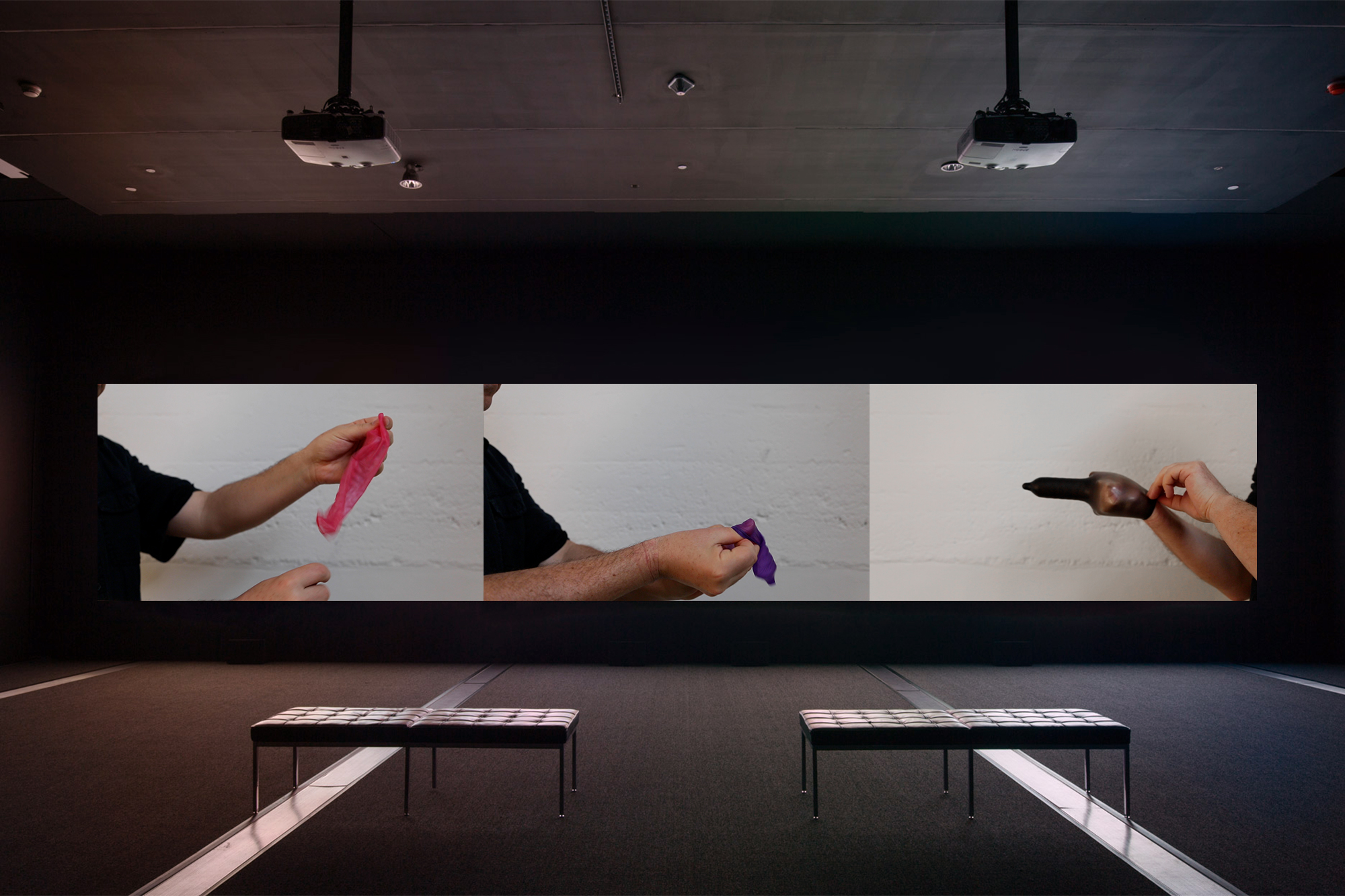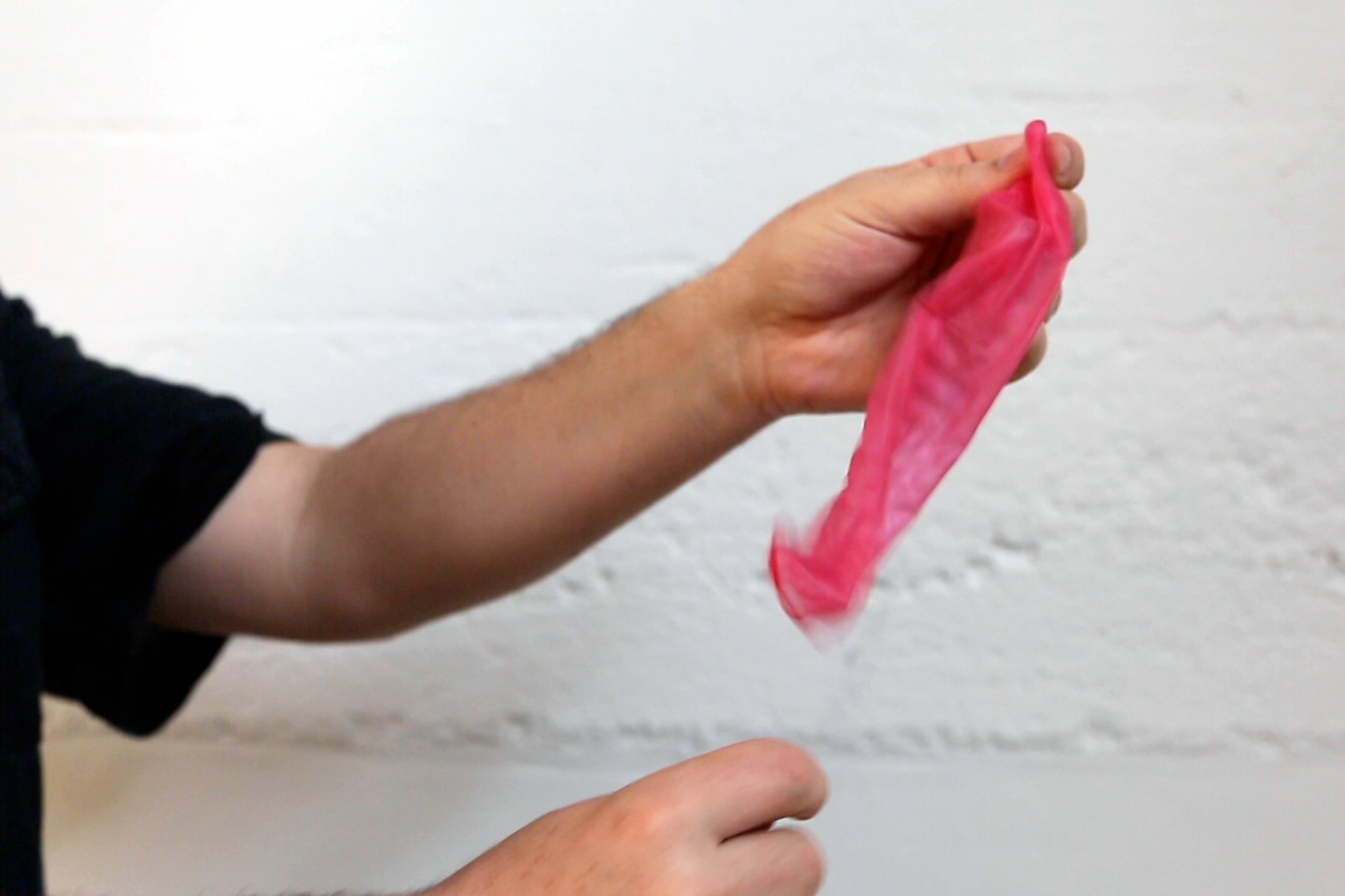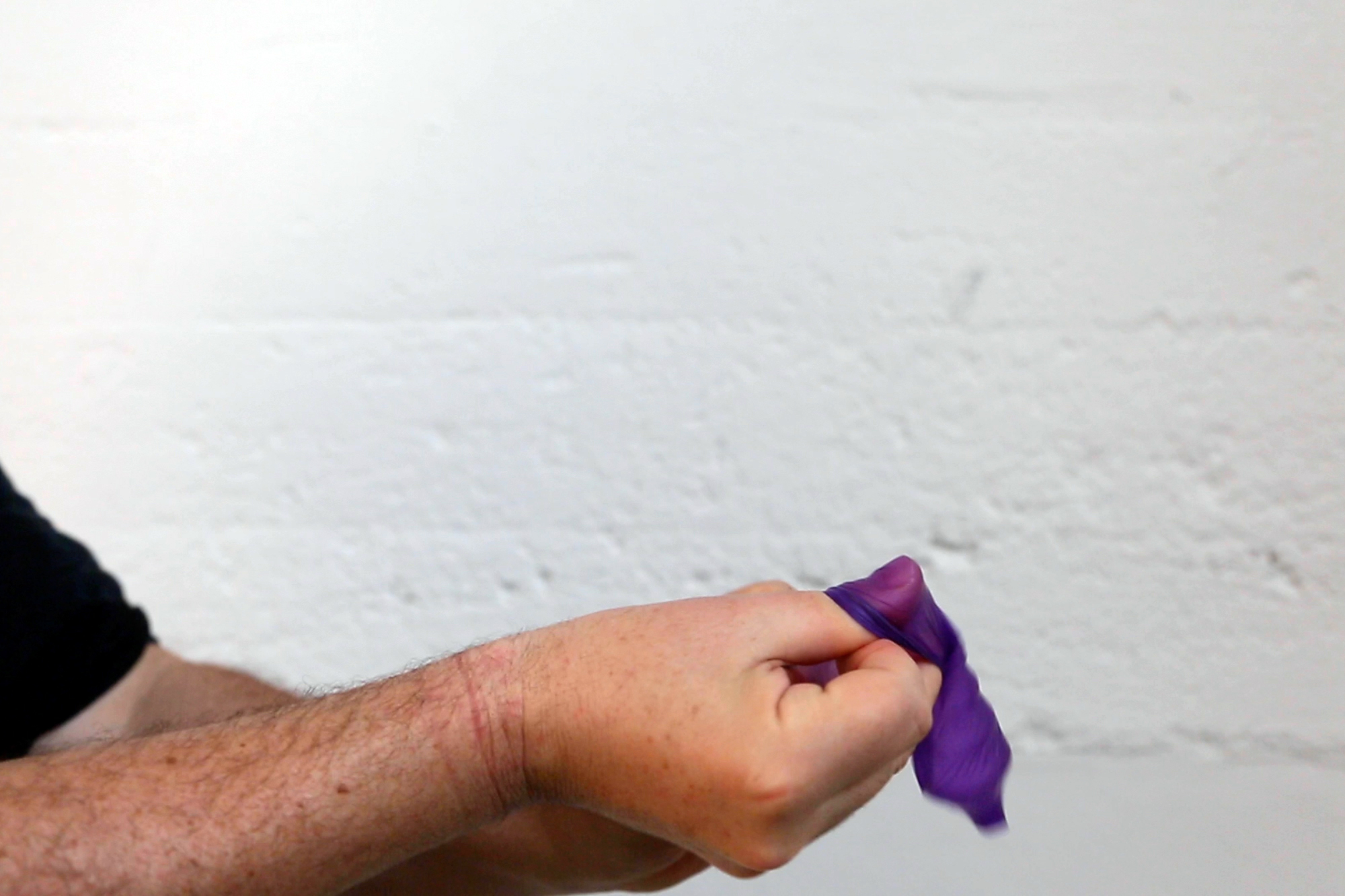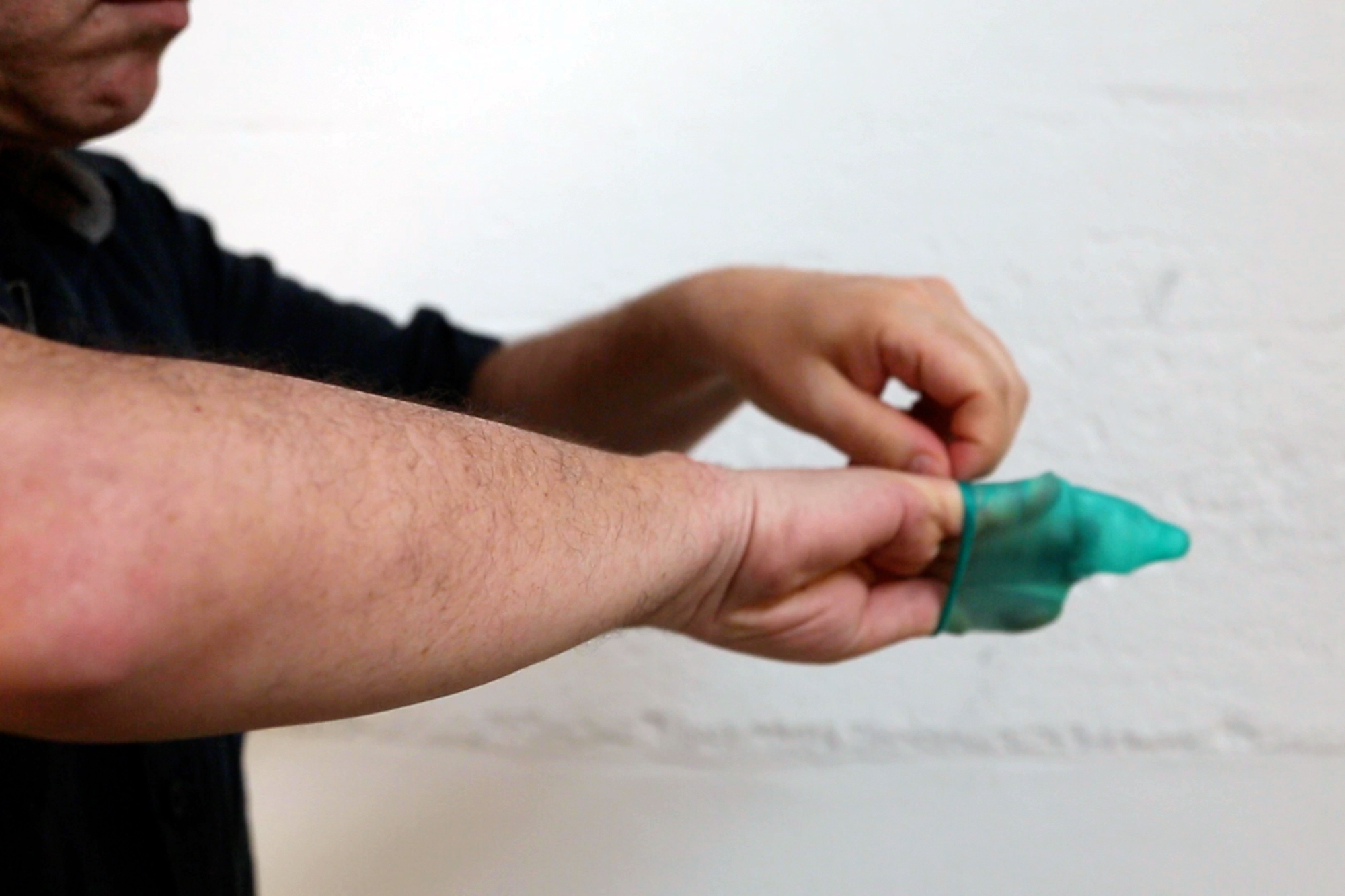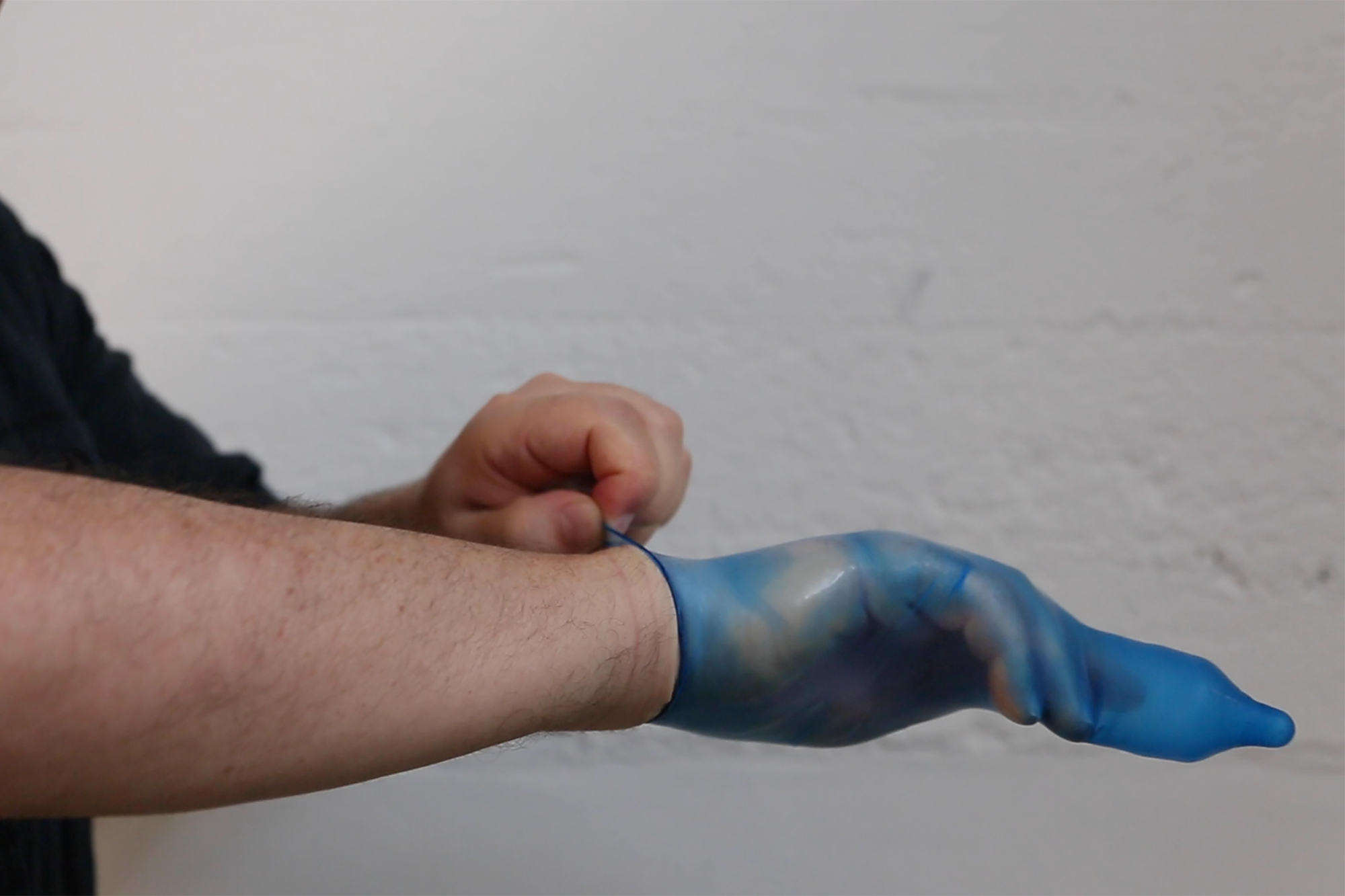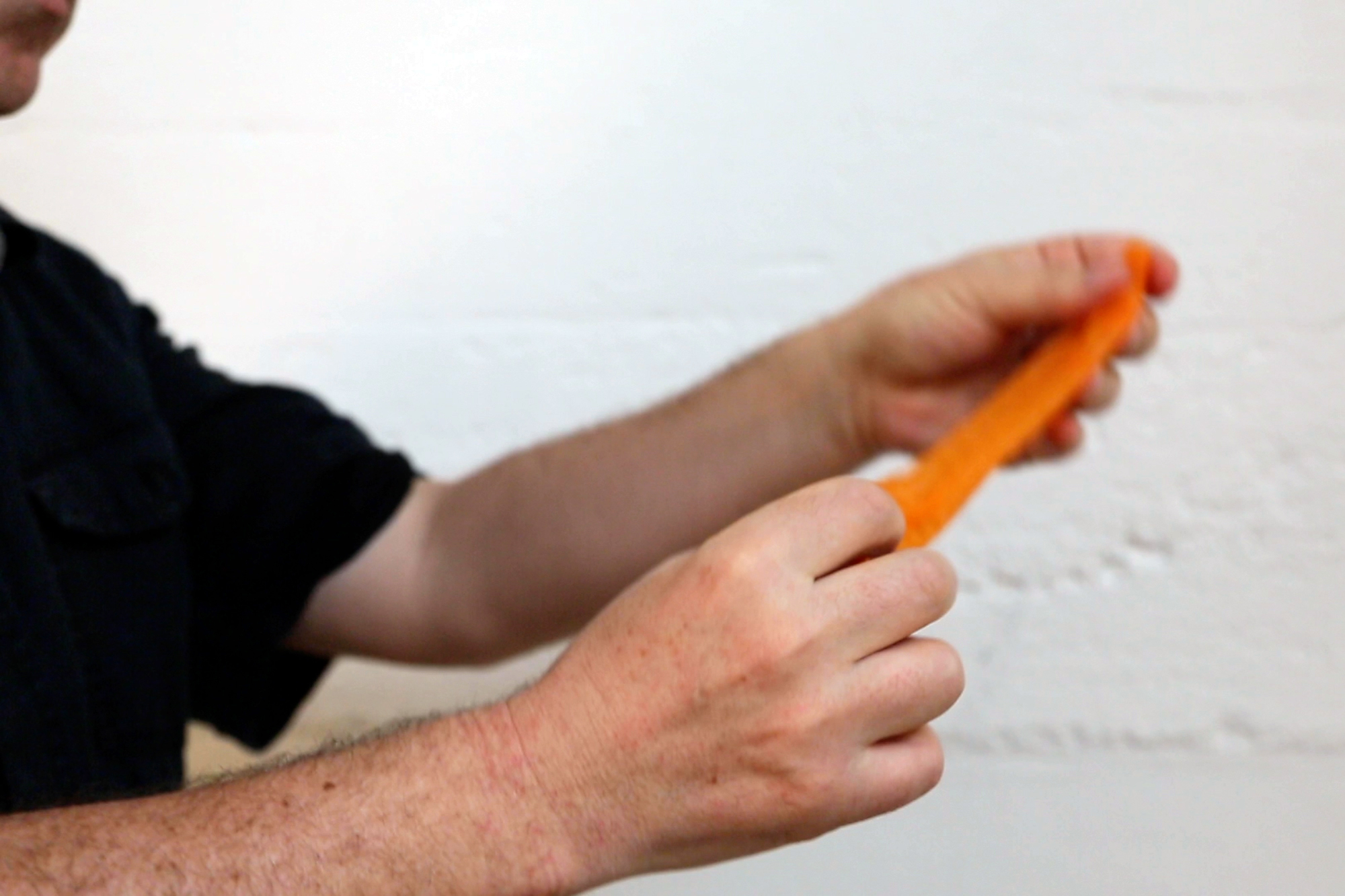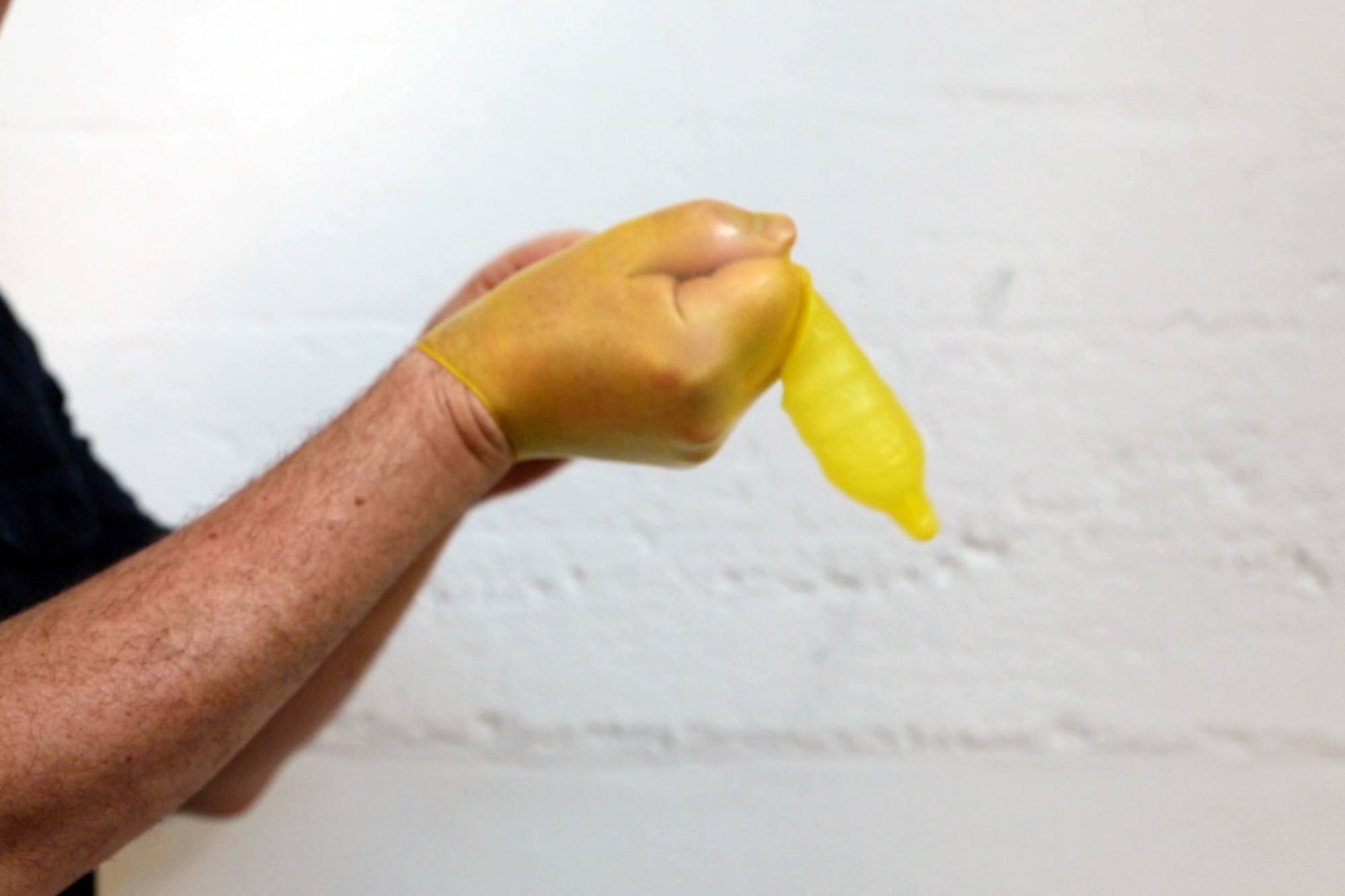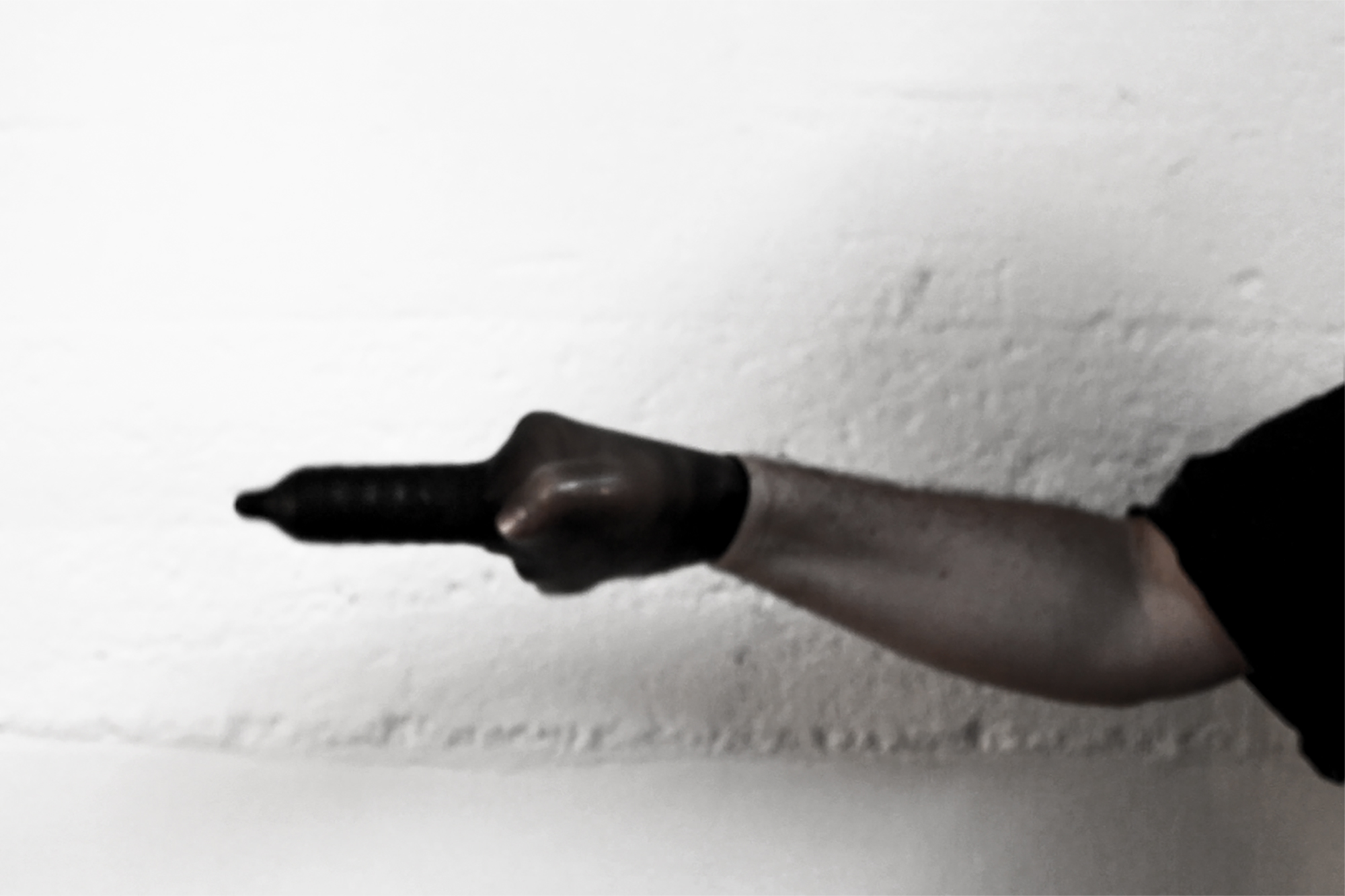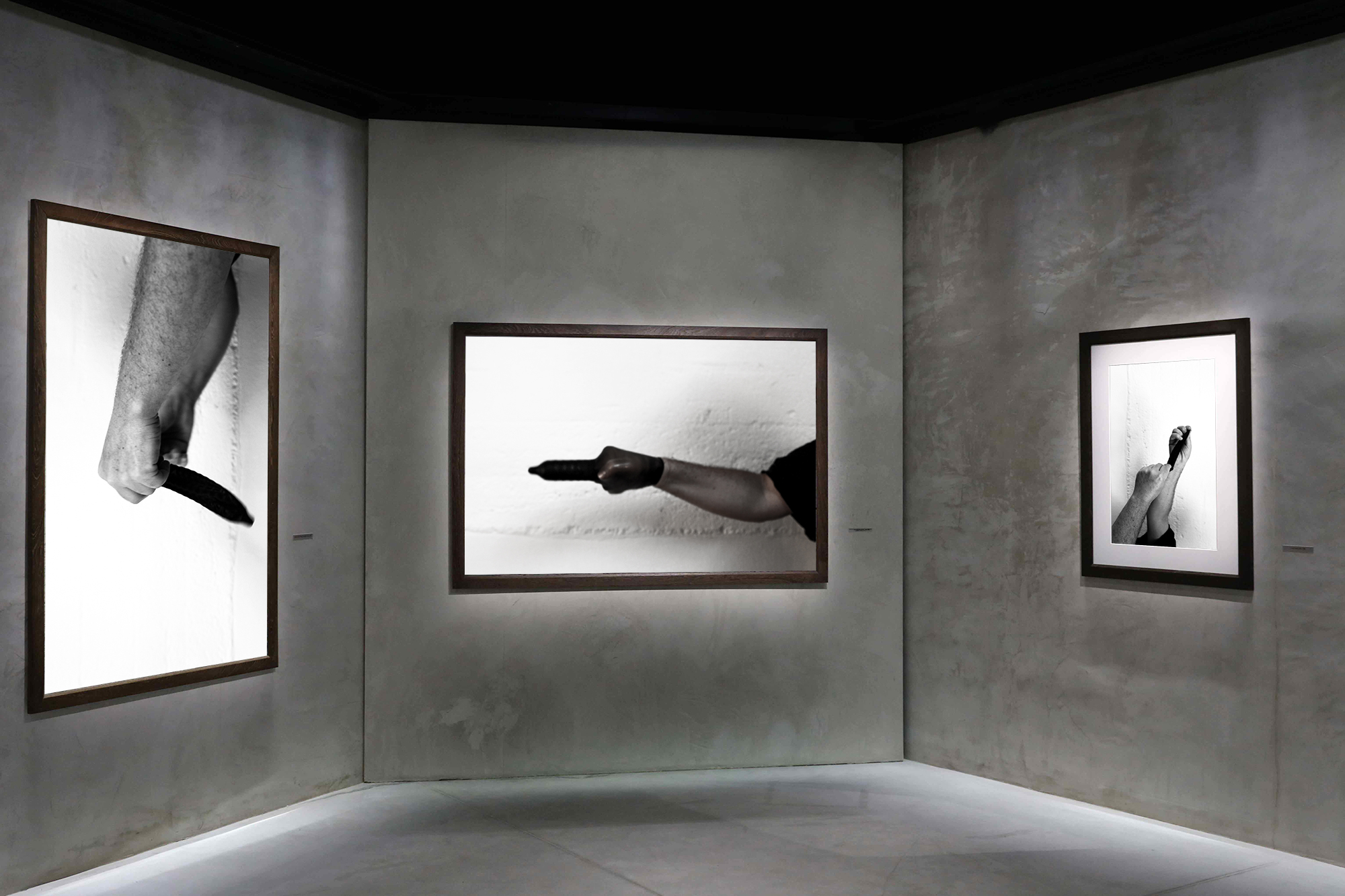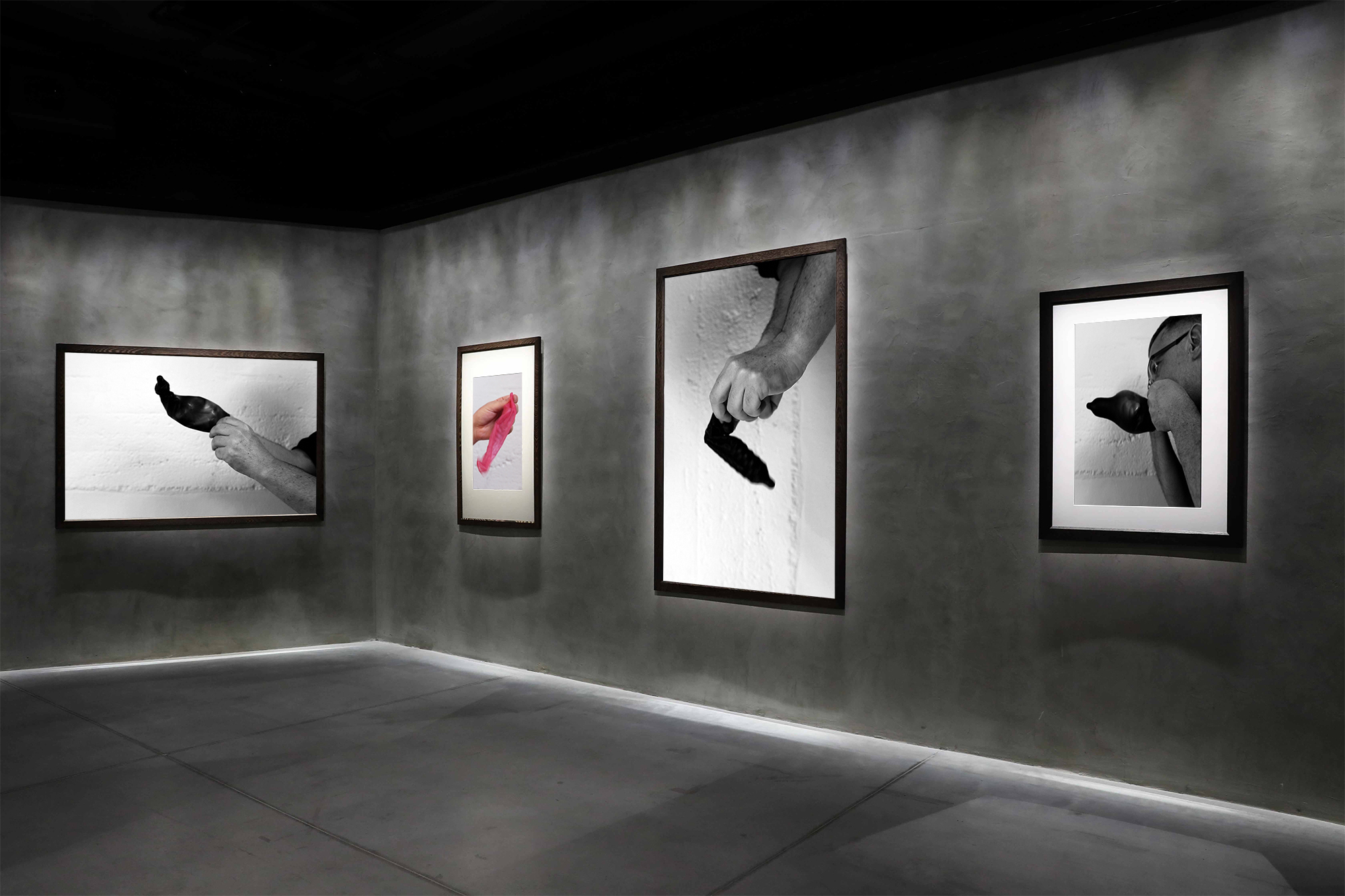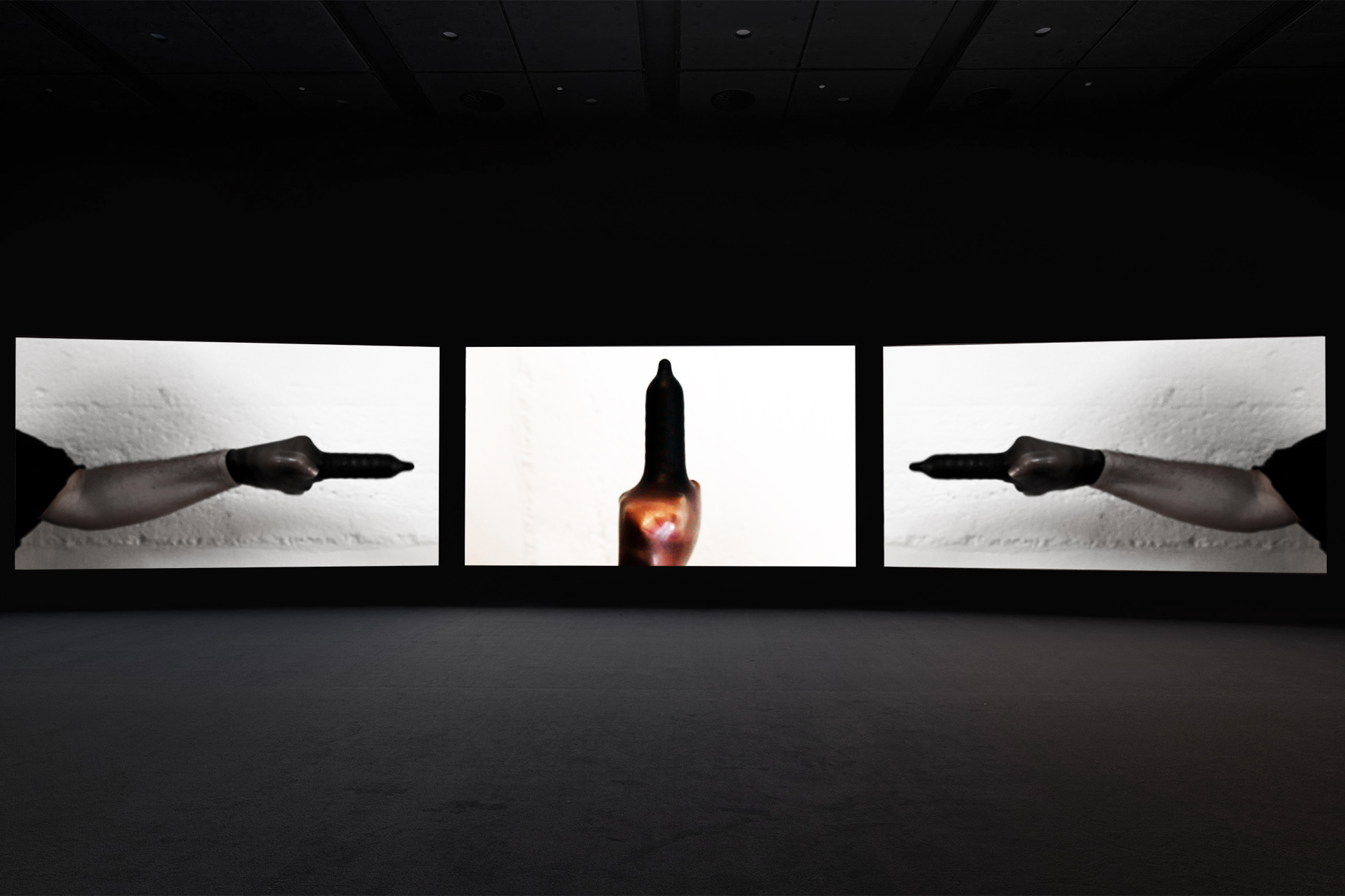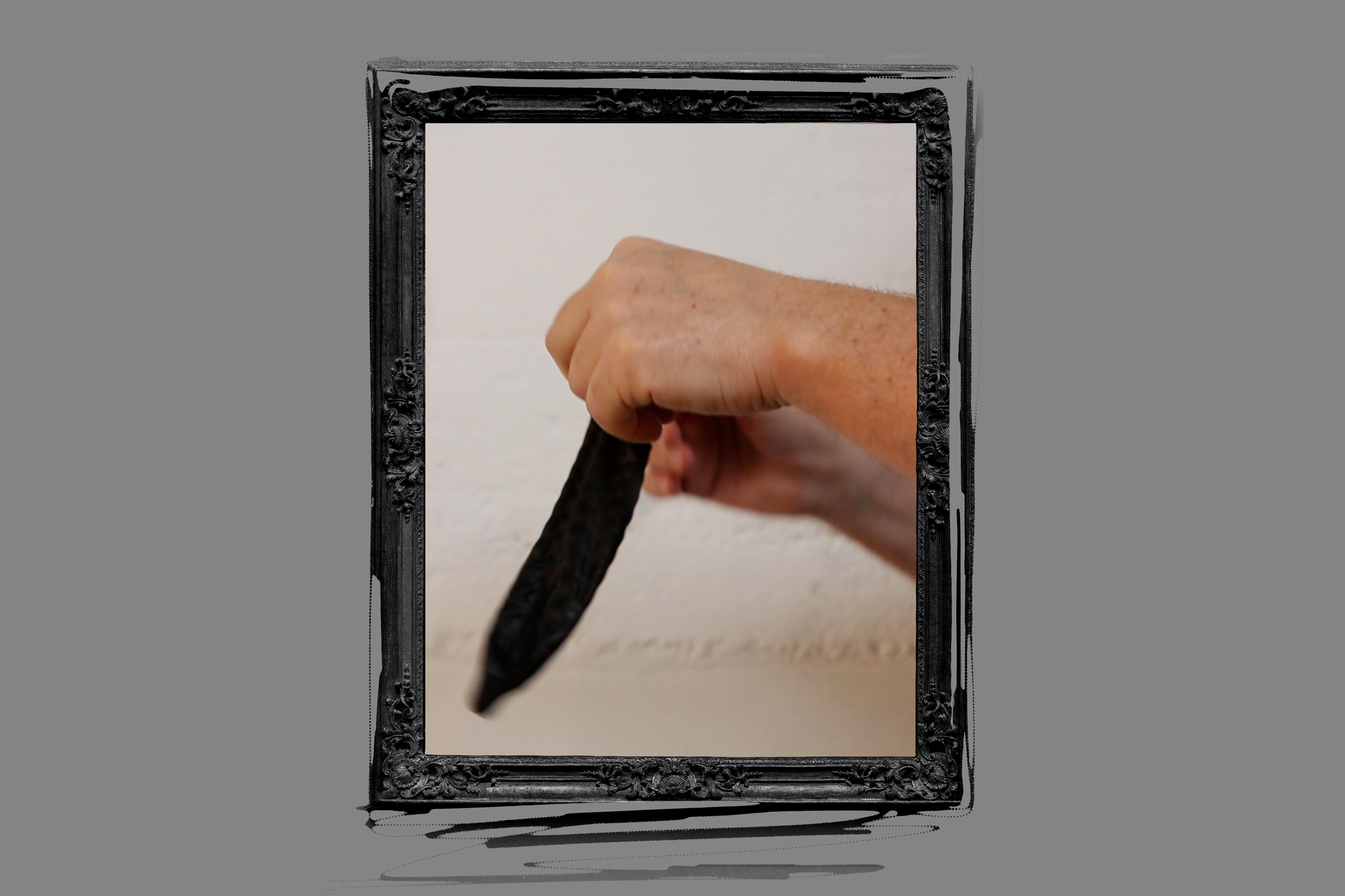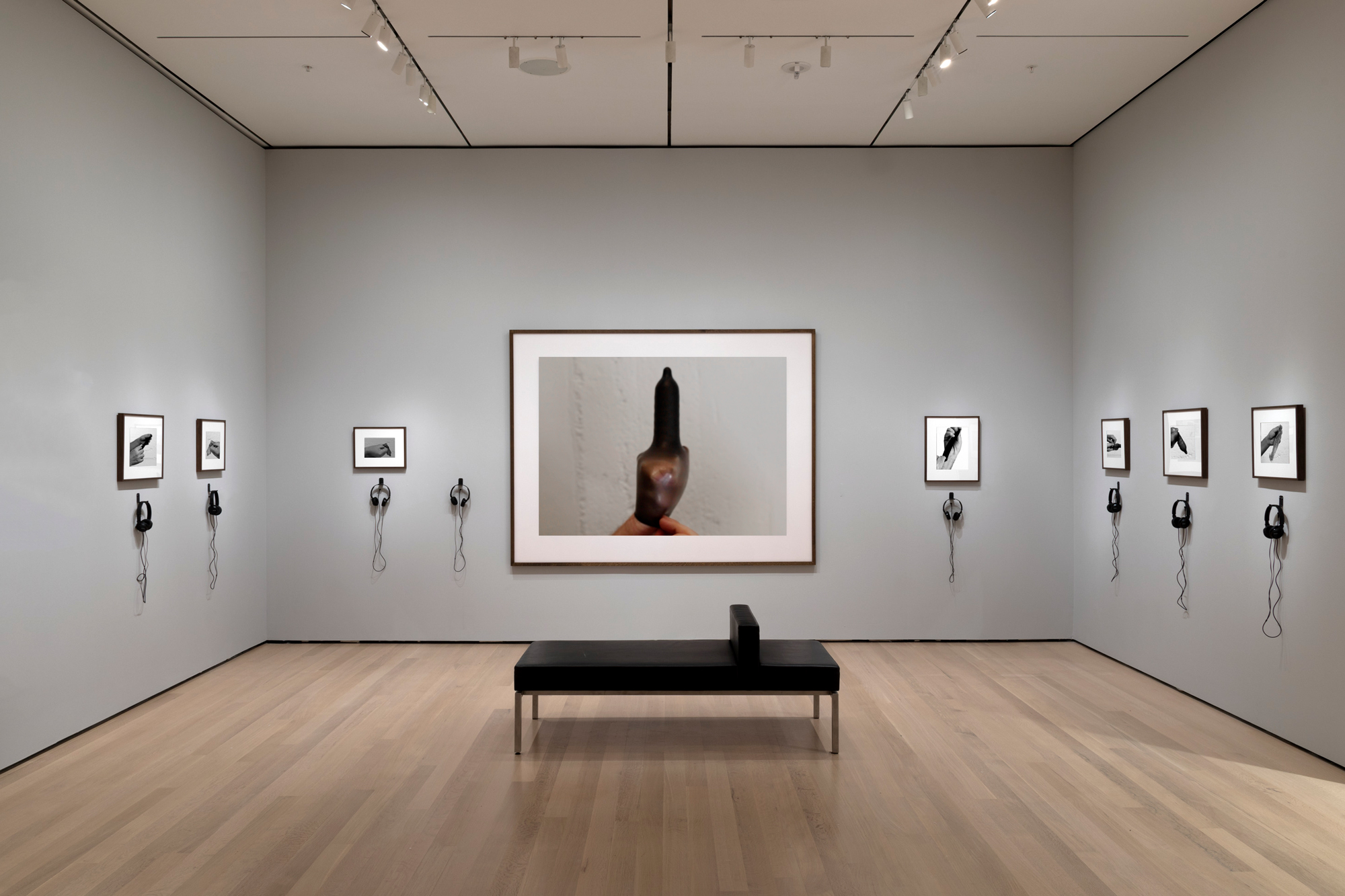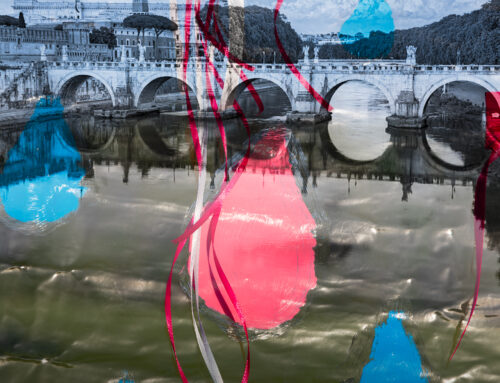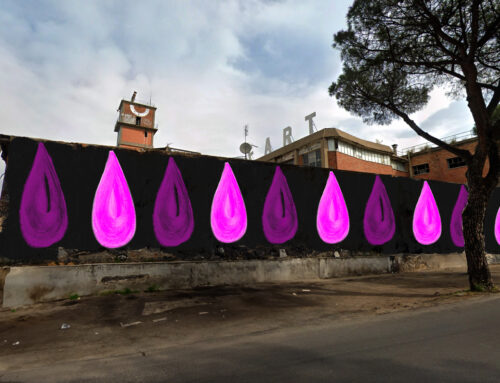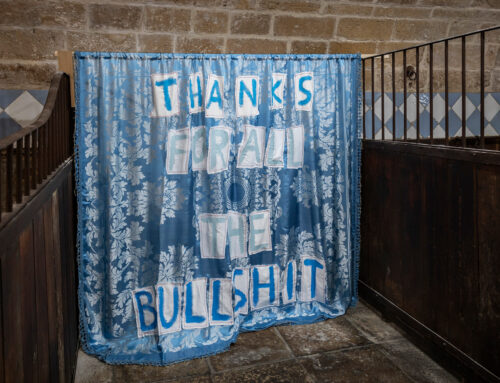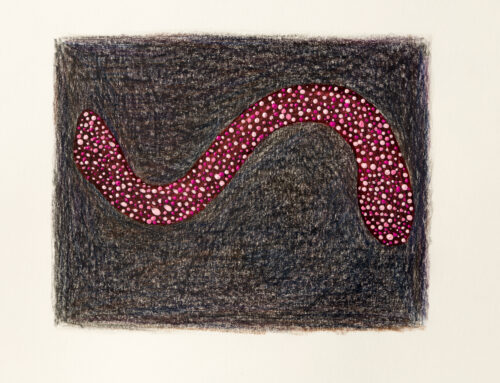“EVERYTHING IN THE WORLD IS ABOUT SEX EXCEPT SEX. SEX IS ABOUT POWER.”
OSCAR WILDE
The relationship between sex-power-art has always shown the complexity of our socio-political lives. It is pervasive, hierarchical, and, in many ways, a form of enslavement. It is visible in political campaigns and gestures of rebellion, anger, and violence. As an artist, Lanfranco Aceti engages naturally with these topics since he has always been interested in the structures underpinning the notion of the social and the attempts to re-imagine and subvert them. These new works of art — realized as a series of performances, video installations, sculptures, and photographic stills — are elements of an art project that Aceti has been developing since 2017.
The exhibition Gloves questions how we engage with others. We no longer establish intimate and personal relationships but ever more aseptic and distanced connections which have to ‘fake’ the reality of empathy while denying it by putting in place safety measures that ensure the lack of every possible intimate contact. Anglo-Saxon patriarchal modes of existence increasingly shape our social interactions and intercourses. These models of existence, when imported into the Mediterranean, African, Middle Eastern, and Latin countries, generate and replicate divisive and individualistic notions of social reality.
Image Captions:
Image1: Lanfranco Aceti, Gloves, 2018. Three channel video Installation. Looped.
Image 2: Lanfranco Aceti, Grammaire General, 2018. Photographic print from video still of the performance. Dimensions: 67 cm. x 100 cm.
Image 3: Lanfranco Aceti, Good Boys, 2018. Photographic print from video still of the performance. Dimensions: 67 cm. x 100 cm.
Image 4: Lanfranco Aceti, Subject of Sexuality, 2018. Photographic print from video still of the performance. Dimensions: 67 cm. x 100 cm.
Image 5: Lanfranco Aceti, Was Heisst Aufklärung?, 2018. Photographic print from video still of the performance. Dimensions: 67 cm. x 100 cm.
Image 6: Lanfranco Aceti, Conceptual Needs, 2018. Photographic print from video still of the performance. Dimensions: 67 cm. x 100 cm.
Image 7: Lanfranco Aceti, Pathological Forms, 2018. Photographic print from video still of the performance. Dimensions: 67 cm. x 100 cm.
Image 8: Lanfranco Aceti, Diseases of Power, 2018. Photographic print from video still of the performance. Dimensions: 67 cm. x 100 cm.
Image 9: Lanfranco Aceti, Gloves, 2018. Photographic prints from video stills. Gallery installation.
Image 10: Lanfranco Aceti, Gloves, 2018. Photographic prints from video stills. Gallery installation.
Image 11: Lanfranco Aceti, I Know You Don’t Think You Are a Fascist, 2022. Video Installation. MoMA, New York.
Image 12: Lanfranco Aceti, Canonical Institutionalization, 2022. Photographic print from video still of the performance. Dimensions: 67 cm. x 100 cm.
Image 13: Lanfranco Aceti, Political Hypocrisies and Seven Stories of Poverty, 2022. Photographic prints and audio recordings of stories of poverty.
Video 1: Lanfranco Aceti, Gloves, 2018. Video of the performances with colored condoms.

